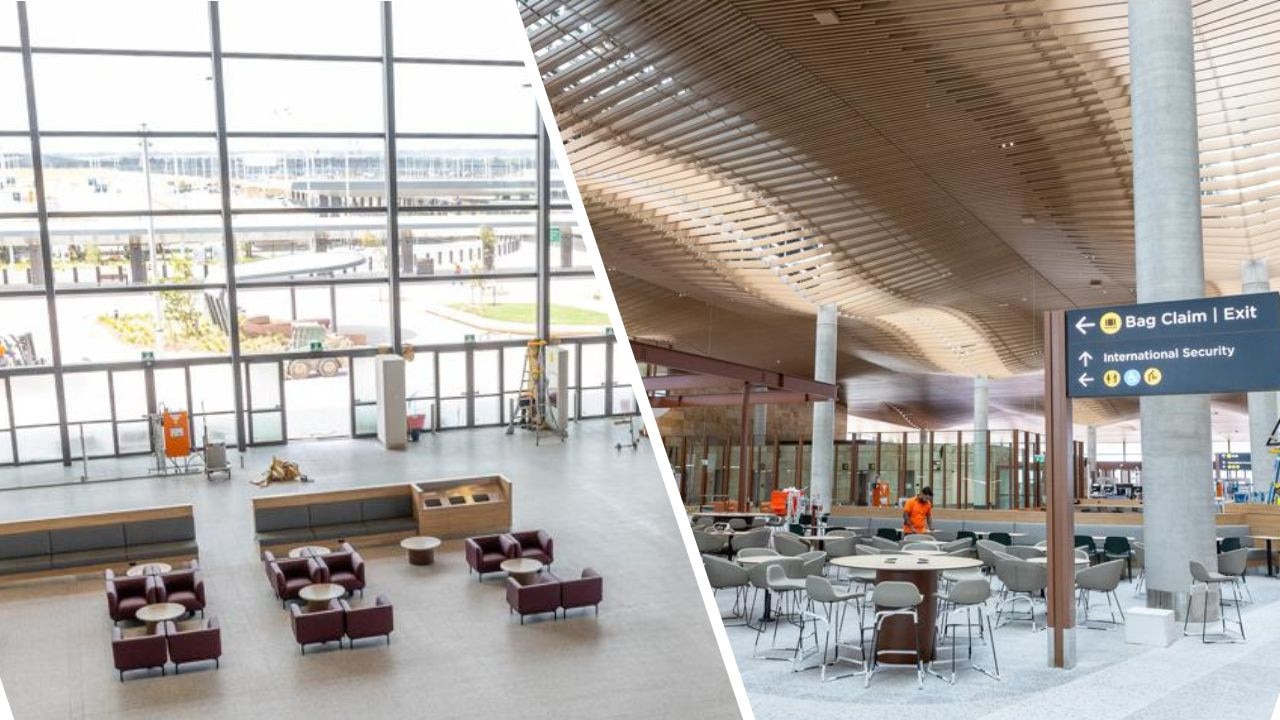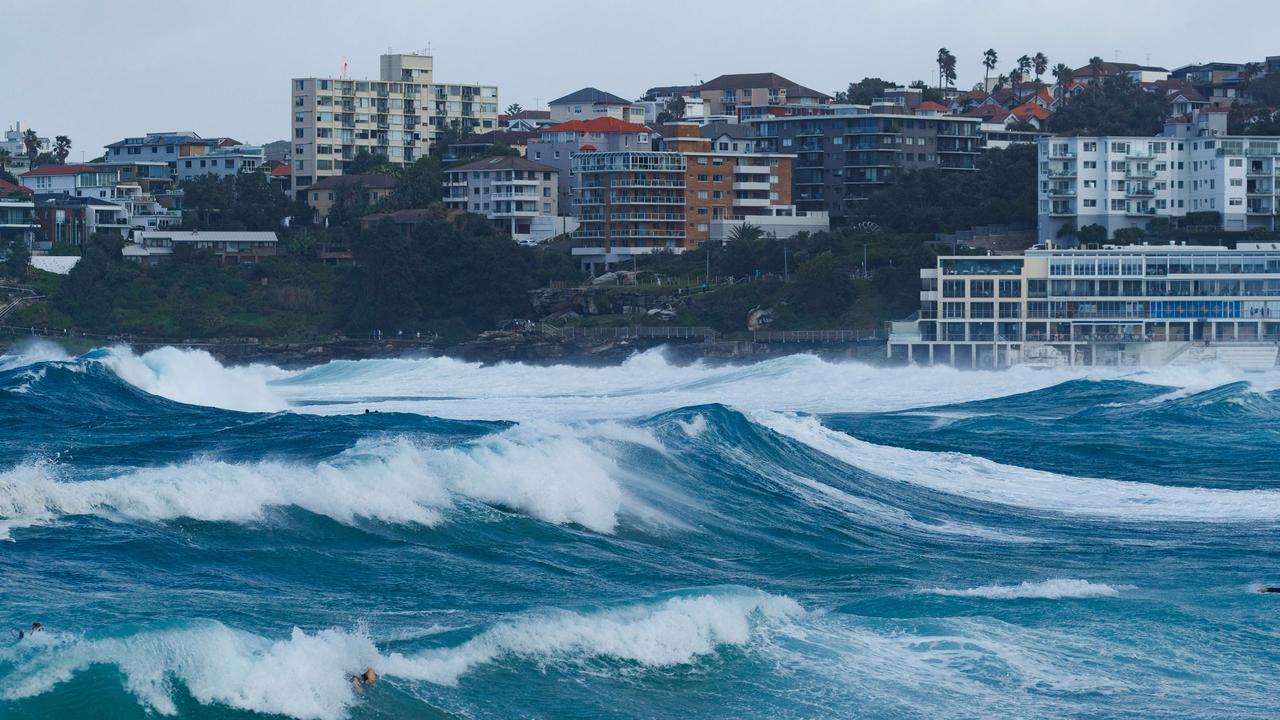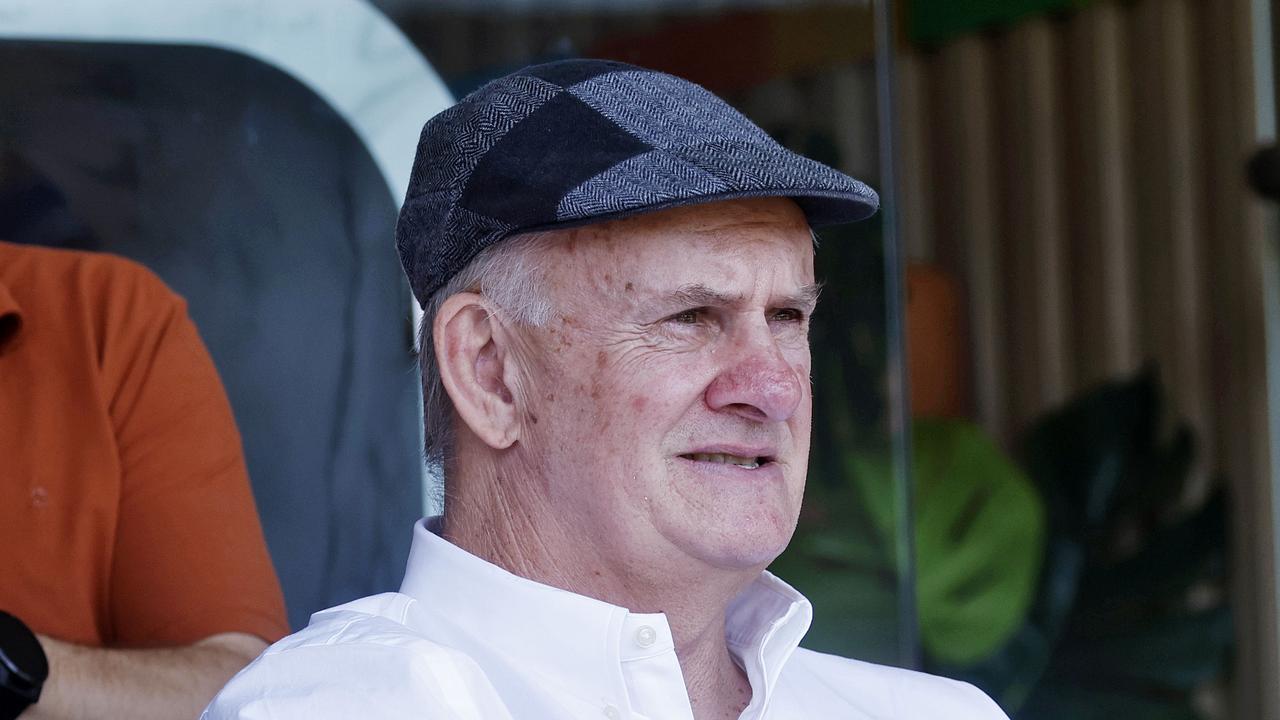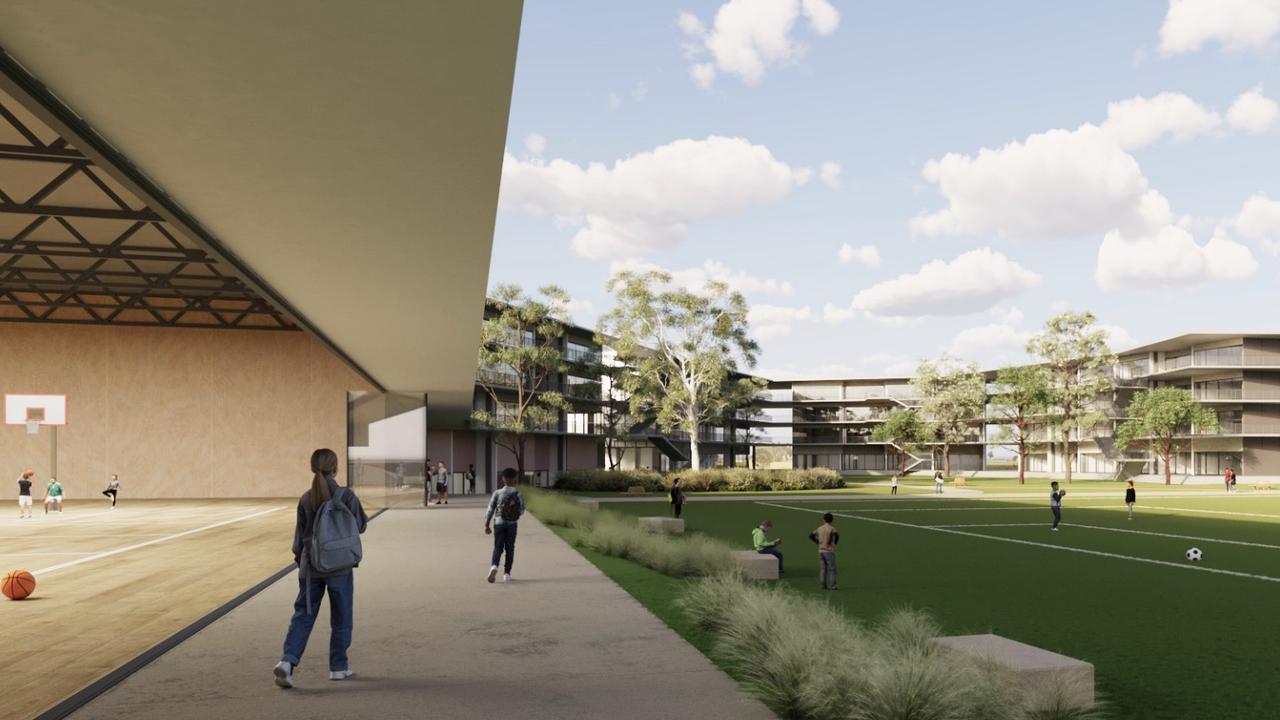Future West 2025: Population growth soars in Camden, Blacktown, The Hills
New data has revealed the fastest growing areas in Western Sydney, with almost 800,000 extra people moving into the community in the next decade.
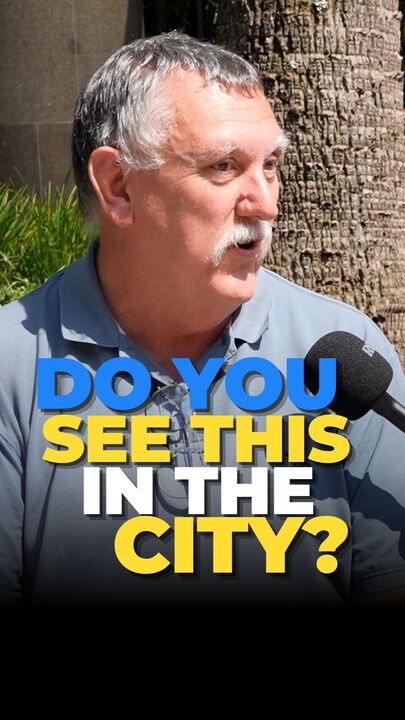
NSW
Don't miss out on the headlines from NSW. Followed categories will be added to My News.
Western Sydney’s population is set to grow by almost 800,000 people by 2041 but the infrastructure needed to support homes for those people is lagging up to 15 years behind.
The west has already seen an influx of 500,000 people over the last decade pushing demand for a new homes and infrastructure to fever pitch.
Urban Taskforce chief executive Tom Forrest warned that failure to deliver enough new homes and an infrastructure boom – roads and water – to support that population growth would not only fail the region but drive our most productive workforce interstate or overseas.
“We are at risk of becoming a city with no people aged between 30 and 40, the most productive years, because they cannot afford a home to live in,” he said.
“We can only meet these housing targets if the roads and water systems are in place to allow the development to go ahead. Infrastructure is key.”
Demographer Glenn Capuano, from .id (Informed Decisions), said exclusive new data showed the population in Western Sydney would grow by 477,000 in the next decade and continue to 760,000 by 2041.
“The three fastest growing LGAs in Western Sydney are The Hills, Blacktown and Camden, that’s where the bulk of the growth is.
“Fringe growth includes suburbs that still have vacant greenfields and this makes Camden one of the fastest growing areas in Australia.”
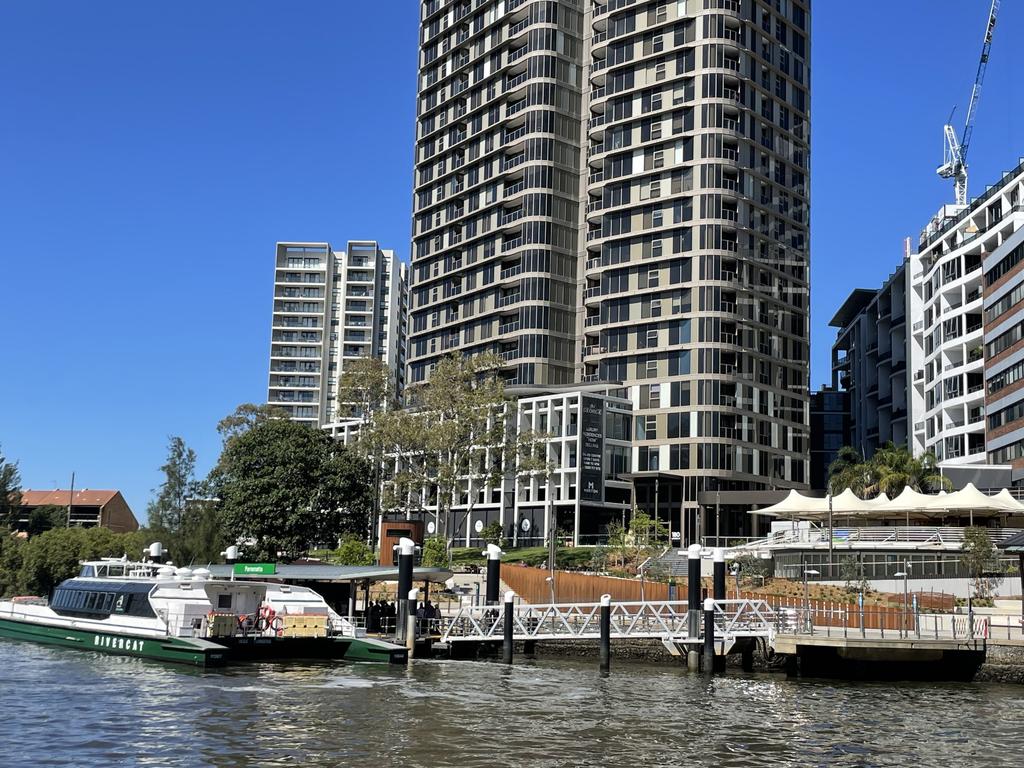
Mr Capuano said the figures were based on the prediction that there are expected to be 180,854 additional homes built across the west by 2034 and 318,356 by 2041.
“It is a dwelling led forecast that assumes there will be infrastructure in place to support the building of those homes.”
Professor Andy Marks, executive director of the Centre for Western Sydney, said that infrastructure was not keeping pace with the demand.
“Some of the fastest growth in Australia is happening in the Camden, Campbelltown and Wollondilly local government areas and they are lagging 12 to 15 years behind in connecting and social infrastructure,” Prof Marks said.
Prime Minister Anthony Albanese’s pledge to fund a $1 billion rail link corridor between southwest Sydney and the new Western Sydney International Airport should have been done 20 years ago, he said. “We should be building that now.”.
“We need to ramp up the housing in the Transport Oriented Development program areas to allow Western Sydney’s infrastructure to catch up.”
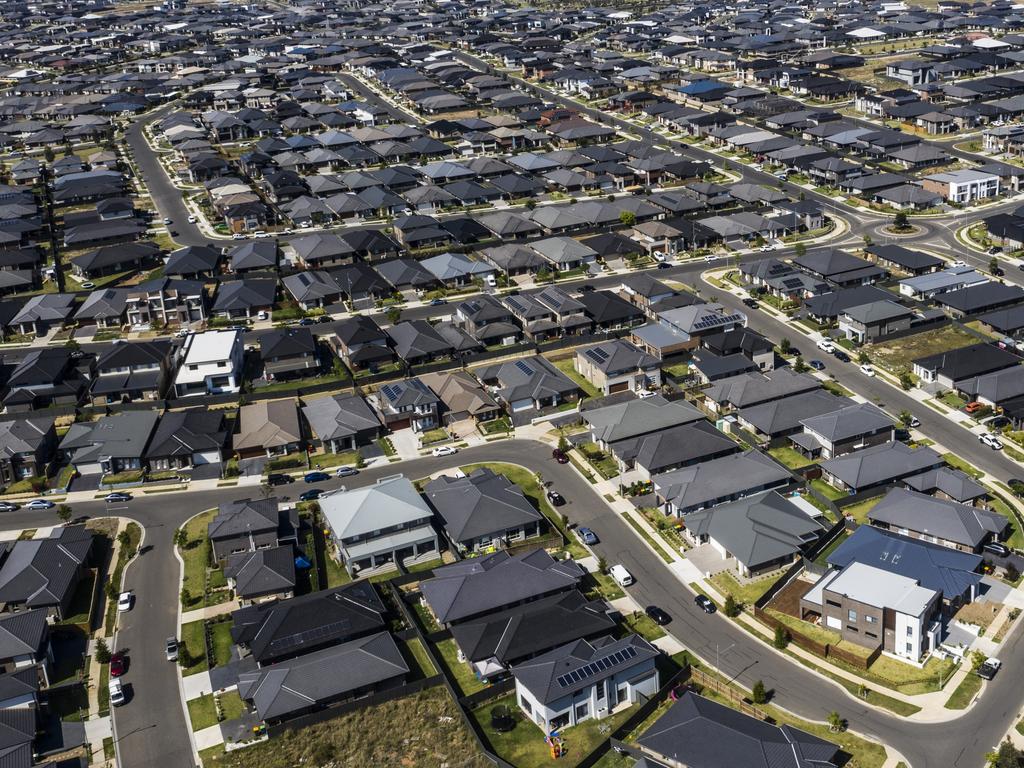
Planning and Public Spaces Minister Paul Scully said the government’s housing targets aimed to rebalance the distribution of new homes across Sydney to meet the demand.
“For too long we’ve been building infrastructure in Sydney’s east and putting housing in Sydney’s west. It’s not fair and it’s not working for communities or for taxpayers,” he said.
Mr Scully said more homes would be built in the east to meet the demand for housing.
“Of the projected homes between now and 2029, more than half are in Eastern Sydney local government areas (LGAs) while less than a fifth are in Western Sydney LGAs,” Mr Scully said.
“These homes will support the booming job market in Western Sydney with the new airport on the way.
“Homes that are already planned in the western suburbs will continue to be built, while other parts of Sydney will now be doing their part to confront the housing crisis.”
Recent housing growth data, released to NSW’s parliament, confirmed new homes will be built in every NSW electorate, with the number of homes in Leppington set to increase by 19.7 per cent by 2027, as an additional 5414 homes are built.
A further 5174 homes will be built in Parramatta, while the greenfield Aerotropolis precinct at Badgerys Creek will see just 2819 homes built over the next three years.
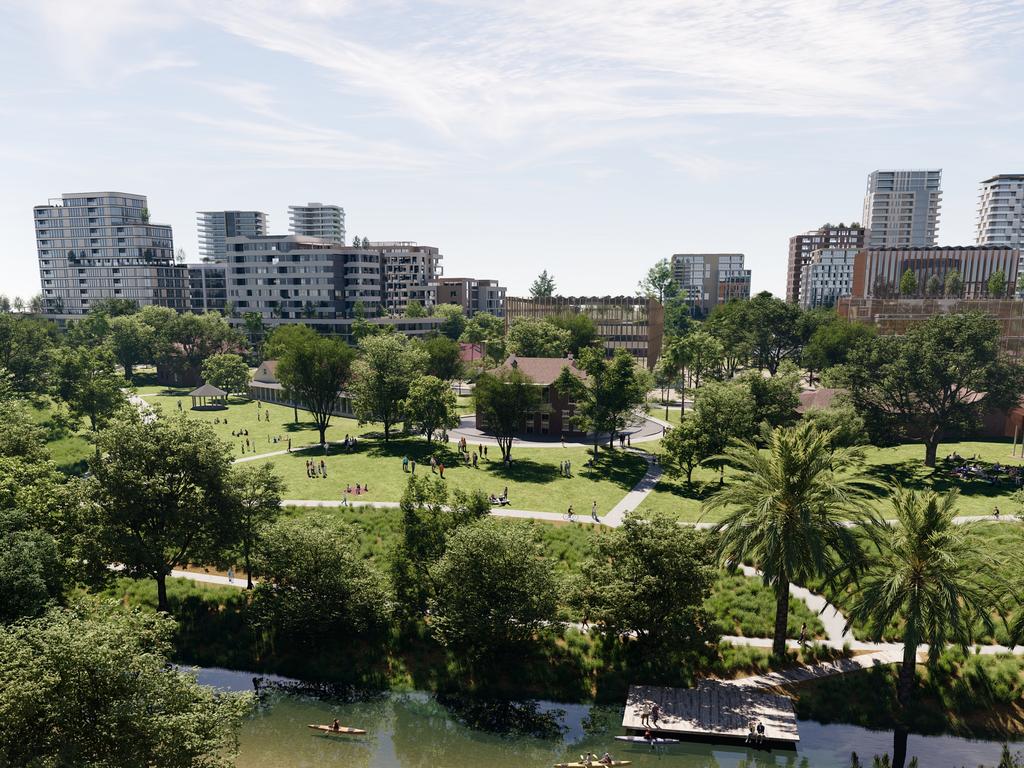
Social researcher Mark McCrindle said the growth means the heart of Sydney is edging further west, with a massive 2.7 million residents now calling areas including Camden, Liverpool, Blacktown, Penrith and The Hills home.
“It is the centre of population from a demographic perspective of Sydney,” Mr McCrindle said.
“The western suburbs are growth areas and it encompasses two of the fastest growing regions of Sydney, which are the northwest and the southwest growth corridors.
“Box Hill will see an almost seven fold increase in the next two decades.
“We are seeing massive increases forecast not only because of the second airport, but the businesses, education and the infrastructure that surrounds it.”

However, Blacktown City Mayor Brad Bunting said infrastructure was not keeping up with growth.
“Western Sydney is where Sydney’s future is taking shape,” Mr Bunting said. “Blacktown City is right at the heart of that transformation.”
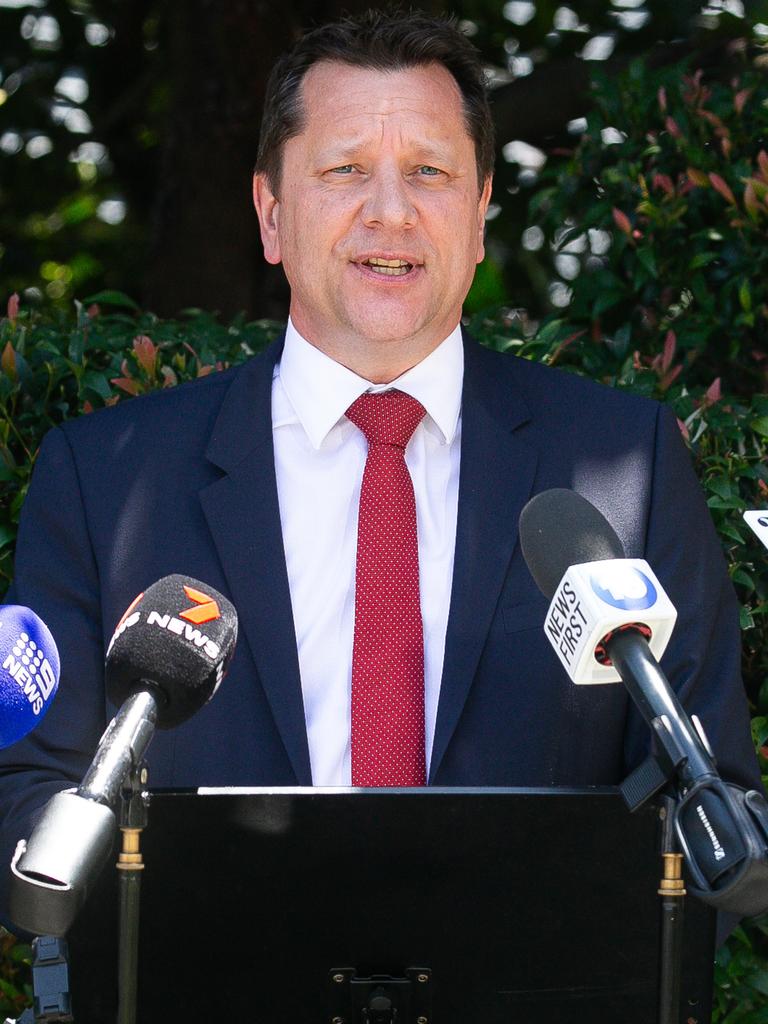
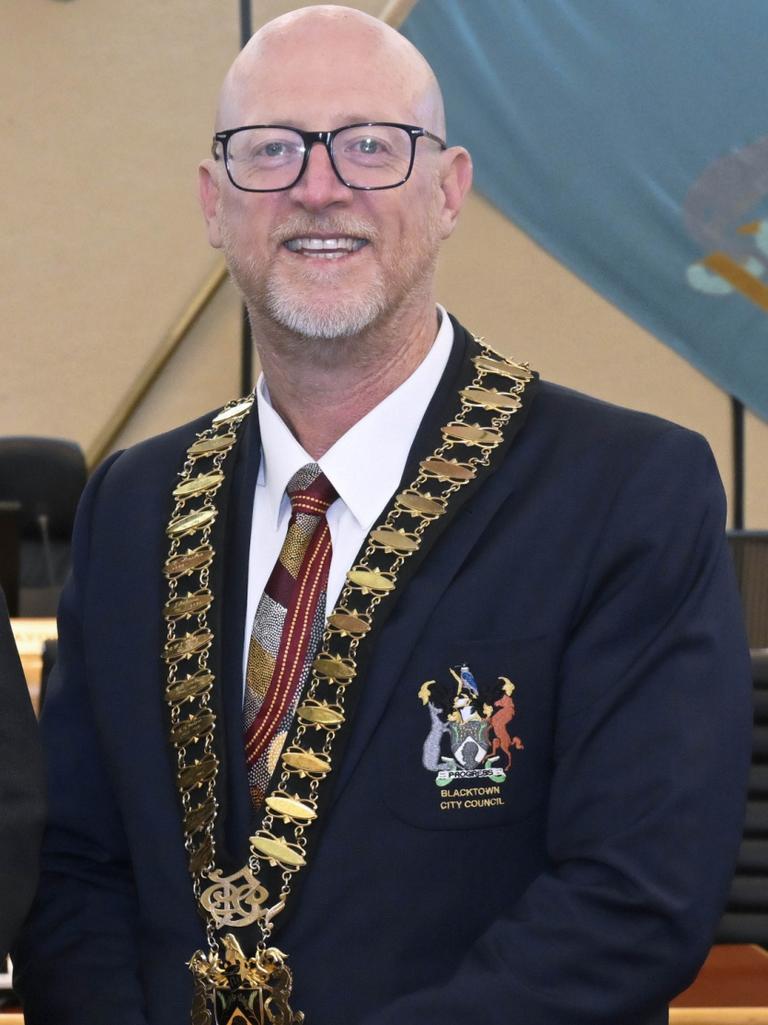
He said community infrastructure was traditionally funded through developer contributions, “but the current system is falling short.”
“Funding caps, planning delays, and the complex process for expenditure have led to shortfalls and slowed the delivery of much-needed infrastructure.”
Mr Bunting said absence of a direct rail connection between Tallawong and St
Marys heightened the infrastructural deficiencies the community faced.

Manoj Lakhani, who moved into Melonba almost two years ago with his wife Meetu and two children Manan, 2, and Misha, 7, said the area was a “thriving” community hub, with schools, parks and other local amenities.
“My family and I really enjoy living in the west, it’s an upcoming area with lots of development going on and more families are choosing to live here,” Mr Lakhani said.
“We have a very supportive and diverse community around us. There are so many parks and play areas for young children too.
“Marsden Park is only going to get bigger and better in the coming years.”
This article is part of the Future Western Sydney series, which is proudly supported by Clubs NSW, Powerhouse, Transurban, Walker Corp, Western Sydney International Airport and Western Sydney University
,
More Coverage
Originally published as Future West 2025: Population growth soars in Camden, Blacktown, The Hills




